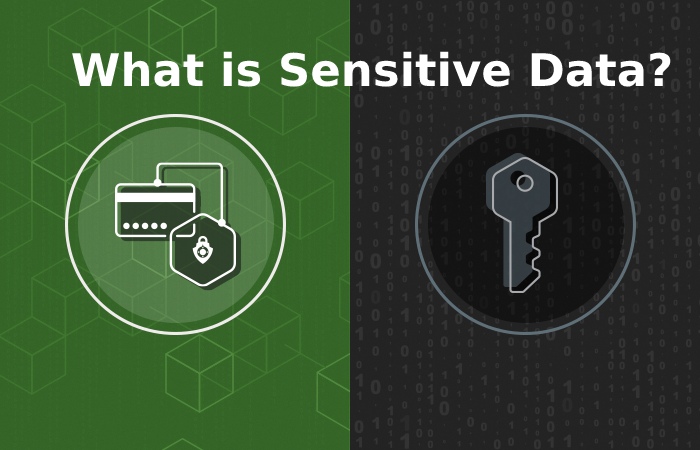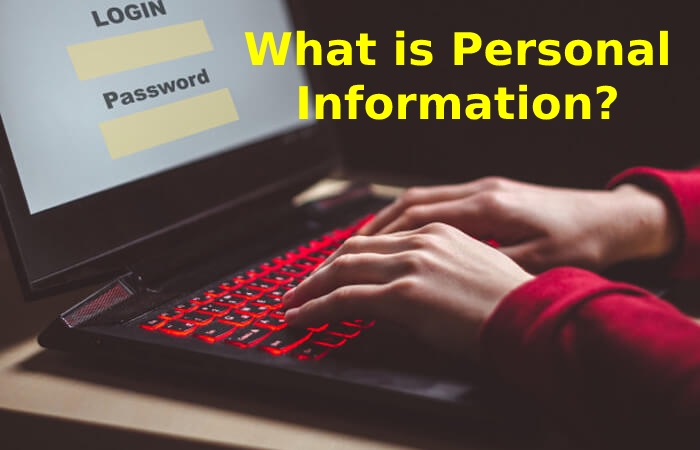Table of Contents
What is Sensitive Data?
Brief Access To Sensitive Or Restricted Information Is Controlled – Sensitive Data is kept in complete security and should not remain leaked to other persons, and no access is given.
It should behave limited security with some permission to the user who is confidential and loyal to the company.
The improved data management consists of a regular data protection process. All the other party risks should remain avoided with major security options.
Definition:

Brief Access To Sensitive Or Restricted Information Is Controlled – Information should stay confidential as restricted when the illegal disclosure, alteration. The destruction of that information could cause a significant level of risk to the University or its affiliates. Restricted information includes information protected by state or Commonwealth privacy regulations and confidentiality agreements. The highest level of security controls must remain applied.
Access to restricted information must remain measured from creation to destruction. It will remain granted only to those individuals affiliated with the University who require such access to perform their work (e.g., need-to-know). Access to restricted information must remain requested individually and then authorized in writing by the custodian of the information system. Limited information is susceptible and may have personal privacy reflections or remain restricted by law. In addition, the negative influence on the institution if this information is incorrect, incorrectly disclosed, or not available when necessary is very high.
Examples of Sensitive Data
Sensitive information comprises all data, whether original or copied, which covers:
Sensitive Personal Data
The North Carolina Personality Theft Protection Act of 2005 defines a series of extensive laws to prevent or discourage identity theft and guard and protect individual privacy.
What is Personal Information?

Brief Access To Sensitive Or Restricted Information Is Controlled – It is information that can categorize a person. Below details give a summary.
GDPR defines personal Data as whatever directly classifies an individual, such as a person’s first name, last name, phone number, social security number, driver’s license number, or any other personally identifiable information (PII).
The GDPR established to distinguish between directly identifiable information and personal data clearly. It gets the near information by gathering the data by now talking to the people with evidence.
How to Measure Data Sensitivity – Access To Sensitive Or Restricted Information Is Controlled
Brief Access To Sensitive Or Restricted Information Controlled – To determine how sensitive it is and how it should remain classified. And also, It thinks about that information’s confidentiality, integrity, and availability (CIA triad) and how it would affect your organization or your customers if it exposed.
Moreover, this is a common way to amount data sensitivity and is a framework provided in the Federal Information Processing Standards (FIPS) by the National Institute of Standards and Technology (NIST).
How to Protect Sensitive Data – Access To Sensitive Or Restricted Information Controlled
However, the initial step in protecting sensitive Data is data organization.
Depending on data sensitivity, there unlike heights of protection required. However, the critical thing to understand is that not all data is alike. And it is best to focus your data protection efforts on protecting sensitive data as defined above.
Examples of non-sensitive information:
Brief Access To Sensitive Or Restricted Information Controlled – Public information: Information that already a problem of public best or knowledge
Routine business information: Business information that regularly shared with anyone from inside or outside your organization
And also, adequate information security starts with assessing what information you have and classifying who has access. Understanding how delicate data moves into, through, and out of your organization is essential to evaluate potential vulnerabilities and cybersecurity risks.
It means taking inventory of where your organization uses sensitive data and handing it to third-party and fourth-party vendors.
Moreover, it allows you to understand how information flows through your organization and give you a complete picture. One who sends personal information in your organization, who receives sensitive data, what information collected. Who keeps the data collected, and who has access to it.
